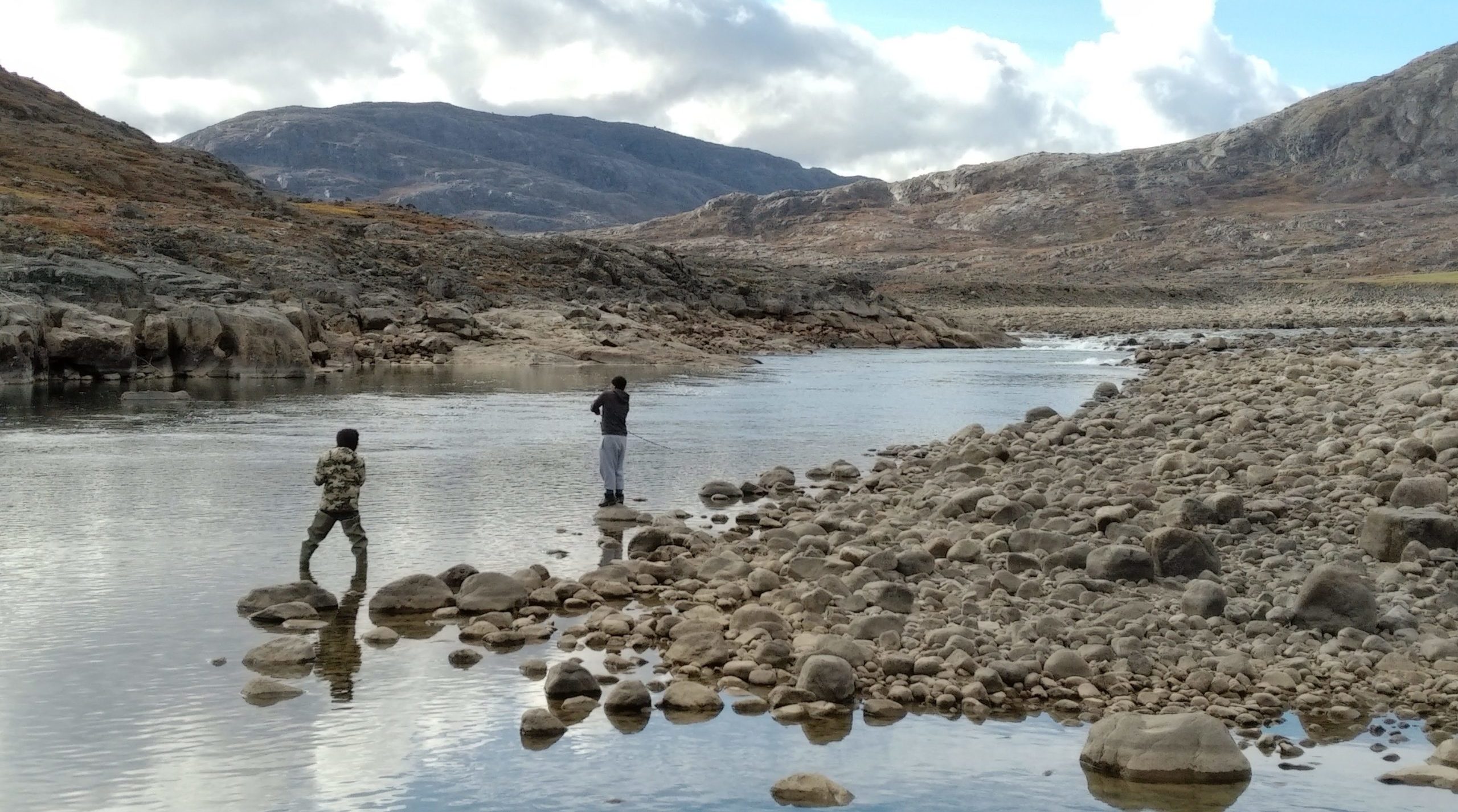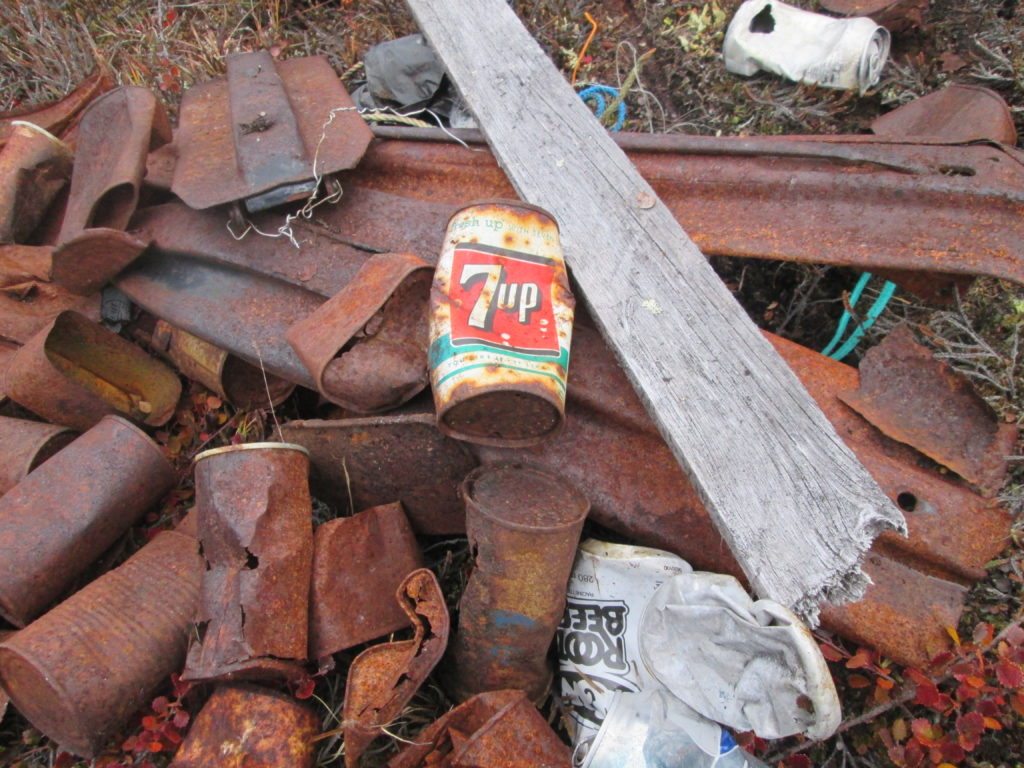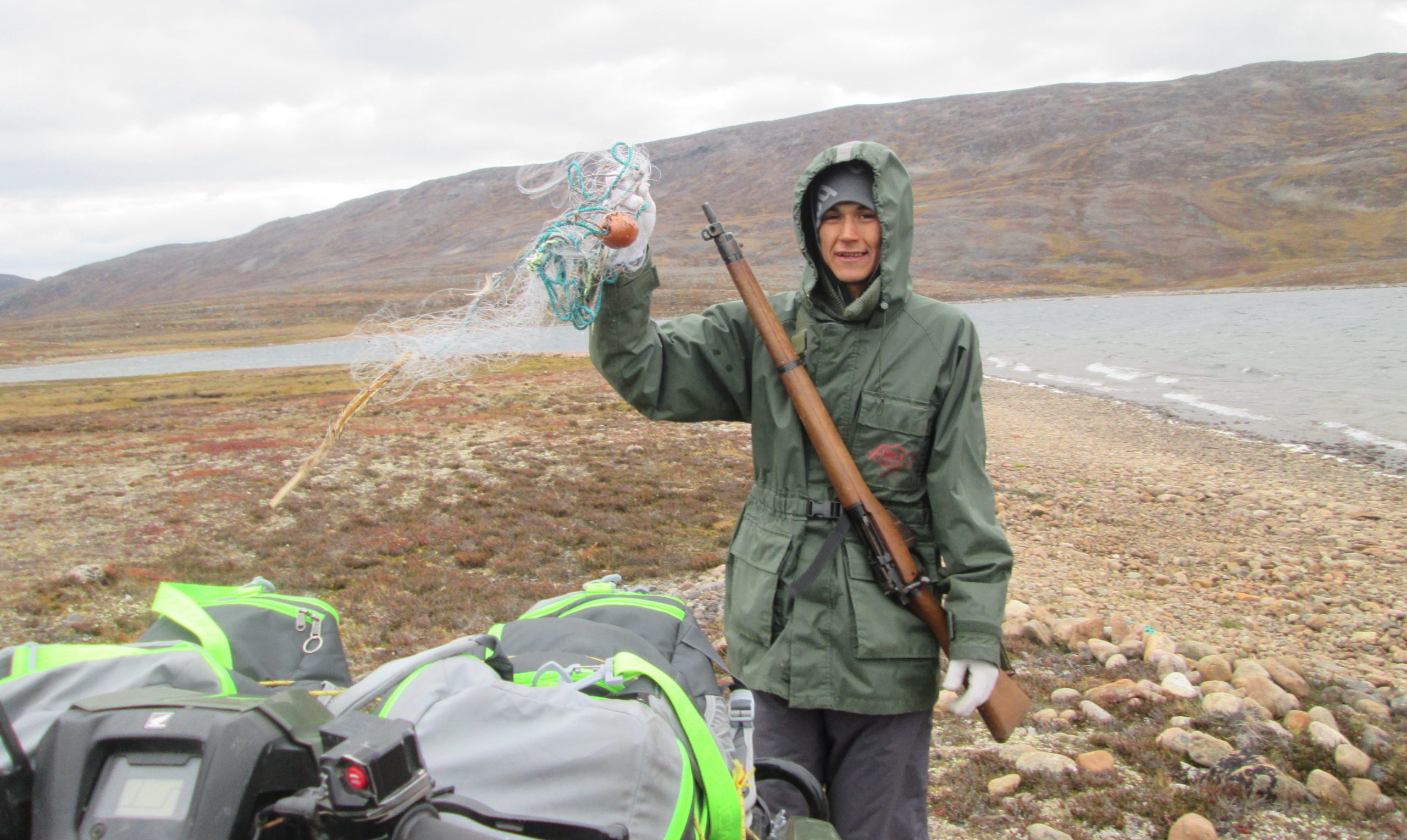High Arctic cleanup finds ghost gear, ancient pop
Nungarut is an area of utmost importance to the Inuit of South Baffin Island. Also known as Bay of Two Rivers, it’s used for harvesting and fishing, especially for Arctic char, and lies along the main overland route between Iqaluit and Kimmirut. Many schools and government departments use it for on-the-land education and IQ days — days dedicated to learning Inuit Traditional Knowledge, or Inuit Qaujimajatuqangit.
When I met with the board of the Amaruq HTA in Iqaluit to discuss partnering on a cleanup project close to a freshwater source, they quickly identified Nungarut as a top candidate.
One particular thing we were looking to clean up was “ghost gear” — fishing nets abandoned in the lake or river — because ropes and nets can get caught in caribou’s antlers, and nets can keep catching fish if they’ve been left behind. We were also interested in cleaning other garbage because animals can eat the plastic by accident (or as microplastics).
Conducting a cleanup is a bit like being an archeologist — we even found a 7-Up can with a logo from the 1960s! — because you definitely see the history of our impact on the land.

Together, we assembled a team to go over and conduct the cleanup. We needed two boats to get there, one carrying the ATVs, but only had a brief time window around high tide when we could get in and out.
Our cleanup efforts were concentrated in two main locations: a lake on the North arm of the two rivers and a section of the South river that’s a highly popular fishing area for local families.
The Lake Site
Here, we found four nets along the shore, but couldn’t find any in the lake itself. A very wide variety of other waste was collected: bits of wood; ice chisels and boards used for getting nets in place under the ice; and carpet and blankets, likely from traditional Inuit sleds called qamutiks.

The River Site
We recovered 18 nets here, an algae-coated one right from the river with the rest found on land. We think that’s because we came in the fall — when water levels are much lower than the spring — and the ice and spring floods would have pushed the nets up onto the land. There was other waste in the area — bits of skidoos, a broken inflatable canoe, metal cans and rope — but not as much as at the lake.

What We Learned
It had been noted by the Amaruq HTA, the cleanup crew, and other Iqalummiut that the size of the fish being harvested from Nungarut was getting smaller and smaller over the past two decades. While we were looking specifically for old nets, other reasons could be contributing to the decline in fish quality — pollution from discarded metal and fuel cans as well as overfishing in the areas due to its proximity to Iqaluit.
We’ve shared the information with the Amaruq HTA, the Department of Fisheries and Oceans, and other people interested in keeping Nungarut healthy, and there’s now some brainstorming happening on education and tracking that can be done to make sure nets don’t get left behind.
Participating in this cleanup was a truly special experience. Nungarut is a beautiful and culturally important place, and home to so much wildlife. We saw a snowy owl one day and lots of falcons and geese. The berries were also in season. I am truly grateful for my time on the land with the team of Inuit who generously shared their time, knowledge and assistance over the course of this project.
Special thanks in particular to Tyson Kalluk, one of our boat operators and a true leader on the team who helped ensure the success of the project, and David Kullualik, Sye Qavavauq, and David Amagoalik who helped immensely in driving the ATVs, cleaning all the waste, searching for nets in the lake, and keeping us safe on the land. Thank you also to Alex Flaherty for the second boat, ATV, and logistical support, Ben Kovic for use of his ATV, and the Amaruq HTA for being a partner on this project. Qujannamiik!

